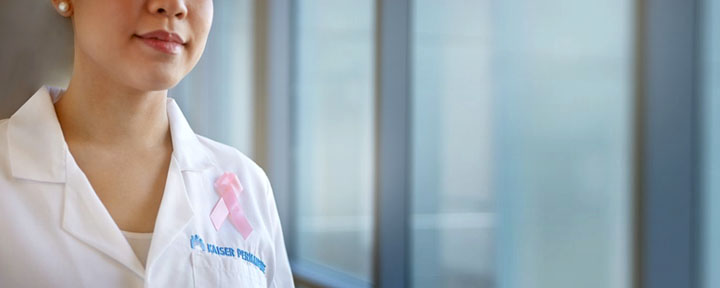
Breast self-examination
Your eyes and your hands are some of the best tools you have to find changes or lumps that may be a sign of breast cancer. If you find any change in how your breasts look or feel, don’t ignore it. This can be a scary discovery, but if it is cancer you have the advantage of catching it right now, before it progresses. Remember, 4 out of 5 breast lumps are not cancer, but they do need to be checked out. Contact your doctor to schedule a clinical breast examination.
When to do your breast self-exam
- Seven days after your period starts, if you still have periods
- The same day every month, if you no longer have periods
- The same day every month if you’re pregnant
- The same day every month if you’re breastfeeding – examine your breasts after you’ve expressed your milk
- Each time you start a new pack of birth control pills
By examining your breasts at the same time every month you’ll become familiar with how they look and feel. It will soon be easy to spot any changes.
How to do your breast self-exam
- Stand and face a mirror with your arms at your sides. Look for:
- Indented nipples
- Nipple discharge
- Dimpling or puckering of your skin
- Bulging of your skin
- Dry skin patches or rash
- At the mirror, clasp your hands behind your head and press your hands forward to tighten your chest muscles. Turn slightly so you can see each side. Look for the same changes
- At the mirror, press your hands firmly on your hips. Bow slightly toward the mirror and pull your shoulders and elbows forward. Turn slightly so you can see each side. Look for the same changes.
- Lie flat on your back and raise your left arm above your head. Raise your left shoulder with a pillow. Use the pads of two or three fingers of your right hand to draw small circles on your breast no larger than a quarter. Keep your fingers together and in continual contact with your skin as you feel your entire breast and armpit. Be alert to any lump or mass.
- In the same position, rub your fingers vertically from your collarbone to the top of your abdomen, from your armpit to your cleavage. It should take at least 10 to 16 vertical sweeps to properly examine the area.
- In the same position, gently squeeze your nipple and look for a discharge.
- Repeat the same steps to exam your right breast.
By Betty Shen, MD - Published November 3, 2015